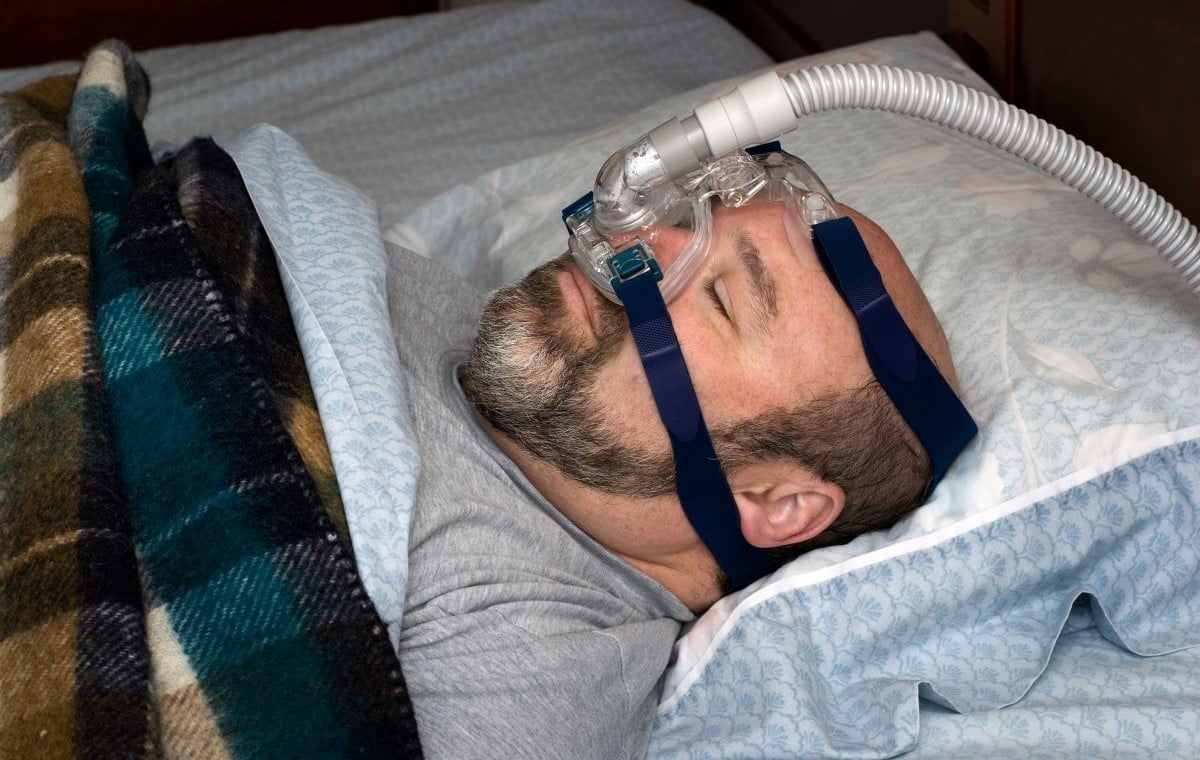Significantly lower risk of major adverse cardiovascular events, all-cause mortality seen in metabolic surgery group
By Elana Gotkine HealthDay Reporter
FRIDAY, June 28, 2024 (HealthDay News) — Metabolic surgery is associated with significantly lower risk of major adverse cardiovascular events (MACE) compared with nonsurgical management among patients with moderate-to-severe obstructive sleep apnea (OSA) and obesity, according to a study published online June 21 in the Journal of the American College of Cardiology.
Ali Aminian, M.D., from the Bariatric and Metabolic Institute at the Cleveland Clinic, and colleagues examined the long-term relationship between metabolic surgery and incident MACE in patients with OSA and obesity (body mass index, 35 to 70 kg/m2). Patients who underwent metabolic surgery were matched with a nonsurgical control group using overlap weighting methods. Data were included for 970 patients in the metabolic surgery group and 12,687 in the nonsurgical group, with median follow-up of 5.3 years.
The researchers found that the mean between-group difference in body weight at 10 years was 26.6 kg (19.3 percent). The 10-year cumulative incidence of MACE was 27.0 and 35.6 percent in the metabolic surgery and nonsurgical groups, respectively (adjusted hazard ratio, 0.58). The 10-year cumulative incidence of all-cause mortality was 9.1 and 12.5 percent in the metabolic surgery and nonsurgical groups, respectively (adjusted hazard ratio, 0.63).
“In select patients, bariatric surgery is a lifesaving treatment,” Aminian said in a statement. “The MOSAIC study suggests the presence of a dose-dependent response between the amount of weight loss and cardiovascular benefits in patients with obstructive sleep apnea; the greater the weight loss, the lower the risk of heart complications.”
Several authors disclosed ties to the pharmaceutical industry.
Copyright © 2024 HealthDay. All rights reserved.








